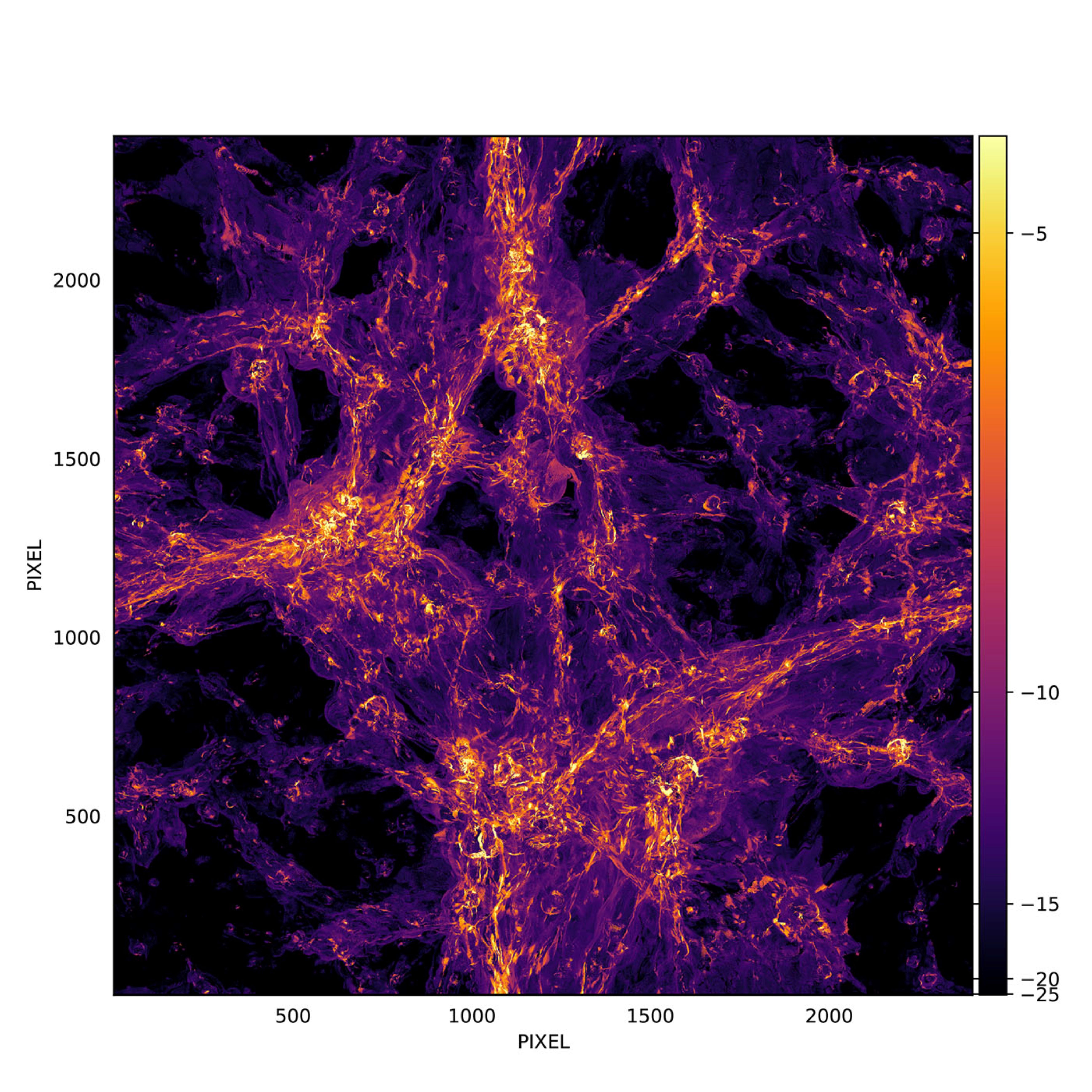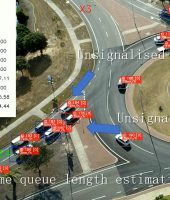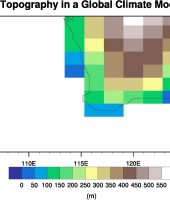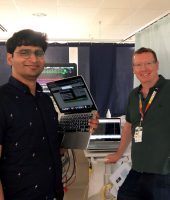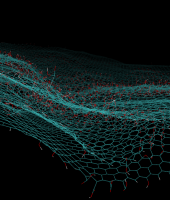Searching for Missing Matter
Up to 40 per cent of the matter in the Universe is ‘missing’. Astrophysicists suspect it resides in the warm-hot intergalactic medium as filaments of a ‘cosmic web’ stretching between galaxy clusters and superclusters. Using the MWA and Pawsey, Mr Torrance Hodgson is developing indirect imaging techniques to try and map this cosmic web.
The Challenge
Most matter in the Universe resides in galaxy clusters, which are visible to both optical and radio telescopes. The ‘missing’ matter is suspected to be in the warm-hot intergalactic medium, existing at a temperature that makes it effectively invisible to our telescopes. One indirect way to detect it is to look for radio emissions resulting from the electronic shock fronts that occur as this dispersed matter coalesces into larger filaments of the cosmic web.
This approach obviously requires looking deeply into the Universe across a large field of view for the very faintest signals. In all likelihood it will require the power of the SKA to make a positive detection of the cosmic web, but it hasn’t been built yet.
The Solution
Mr. Torrance Hodgson, a PhD student at Curtin University, is working within the limitations of the MWA by compiling multiple datasets over time to increase its effective imaging power. He explains: “Phase I of the MWA was a three-kilometre diameter antenna array that had amazing sensitivity to large extended structures in the sky like the cosmic web, but with relatively low resolution. When the MWA was expanded to Phase II with a larger, six-kilometre diameter array, the resolution improved massively, but we lost the sensitivity to see those large-scale diffuse structures. We’re trying to combine observations of the same part of the night sky taken four years apart with first the Phase I and then Phase II configurations, to combine their respective strengths and give a better chance of detecting the cosmic web.”
The data sets are enormous, as a single two-minute observation is up to 15 gigabytes of data. Hodgson is attempting to combine about 50 hours of observations
from Phase I with 50 hours of observations from Phase II. Pawsey supercomputing is required to not only store all of the data from the MWA, but also run the algorithms to integrate these two datasets.
“We’re using a new wide-field imaging algorithm called image domain gridding,” says Hodgson. “It has been developed by colleagues in the Netherlands to take advantage of GPUs so we can undertake massively parallel computation. We’re one of the first research groups to use this new algorithm, as we need something scalable to combine all of these MWA observations. We’re effectively testing and helping to de-bug the algorithm, which is designed to be able to scale up to SKA-levels of data management just by adding additional GPUs.”
The Outcome
Once the computation (requiring 3.5 million CPU hours to process) is complete, Hodgson will have created the deepest images ever with the MWA in search of the cosmic web. He’s sanguine about the outcome. “We’re unlikely to make a complete detection, as even the combined MWA data may not be enough,” he admits. “But a statistical detection, or even a null result, will allow us to place an upper limit on the density of the cosmic web and the strength of its magnetic field. We’ll know we have to look for something even fainter. That’s still telling us more than we currently know about the properties of the cosmic web.”
The developing and refining of new algorithms that can scale up to a problem this size, and equally to SKA-levels, is also a significant achievement. “Using Pawsey we are not only doing very ambitious science, but we’re taking a big step towards the SKA, which will make mapping the cosmic web and solving the problem of the Universe’s missing matter a reality.”
Project Leader.
